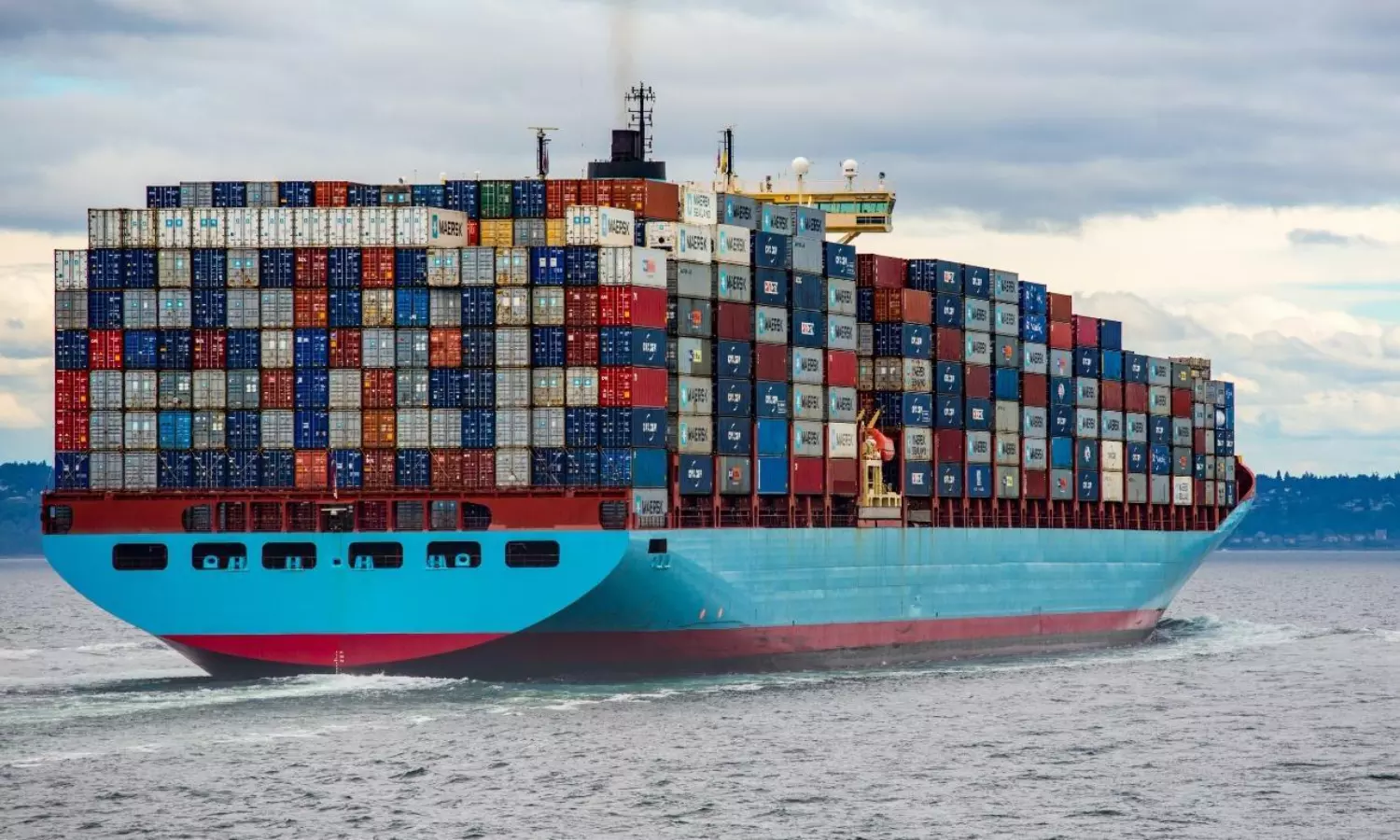Drewry's WCI drops 4%; spot rates continue rally, says Xeneta
World Container Index, however, remains 74% higher than a year ago.

Photo by Ian Taylor on Unsplash
Drewry's composite World Container Index (WCI) declined 4.1 percent to $8,470.45/40ft container this week. The index, however, remains 74 percent higher than a year ago.
The average composite index of the WCI, assessed by Drewry for year-to-date, is $9,285/40ft container, which is $6,130 higher than the five-year average of $3,156 per 40ft container.
Freight rates on Shanghai–Rotterdam dropped 8 percent ($1,029) to $11,192/40ft box. FAK rates on Shanghai–Los Angeles and Rotterdam–Shanghai fell 2 percent each to $9,926 and $1,490 per 40ft box, respectively. Rates on Rotterdam–New York increased 5 percent to $6,793/FEU.
Drewry is expecting spot rates to remain stable in the coming week.
Lars Jensen, a leading expert in the container shipping industry, had this to say: "The data therefore shows that the rates this week continue to decline at a slower pace than normal. In turn this means that the market is stronger than usual at this time of the year.
"The only reason why the rate declines look spectacular is of course the sheer numerical size – a 1,000 USD/FFE drop is certainly massive compared to normal market conditions. But conditions are not normal and compared to the prevailing rate levels such a decline is smaller than what could have been expected."
Spot rates tower above long-term rates
Far East-South American East Coast trade is the only front haul route where long term rate is lower than the average spot rate among the top 13 trades tracked by Xeneta.
"Long-term rates on this trade are still below their October highs but they have been steadily rising since 2022. As of March 15, long-term contracts from the past three months were $800 per FEU above the spot market at $10,400. In comparison, spot market rates have declined since November 2021, falling from $13,000 to $9,150 in mid-March 2022," according to the latest update from Xeneta.
On all the other major trades out of the Far East, long-term rates in mid-March are between $2,400 and $4,500 lower than the spot market with the highest difference between the short- and long-term market to be found on the Far East to Mediterranean trade, the report added.
The difference between short- and long-term rates is much smaller on the major backhaul trades with the biggest difference coming on the US West Coast to Far East trade where long-term rates in mid-March were 40 percent higher than the spot market.


